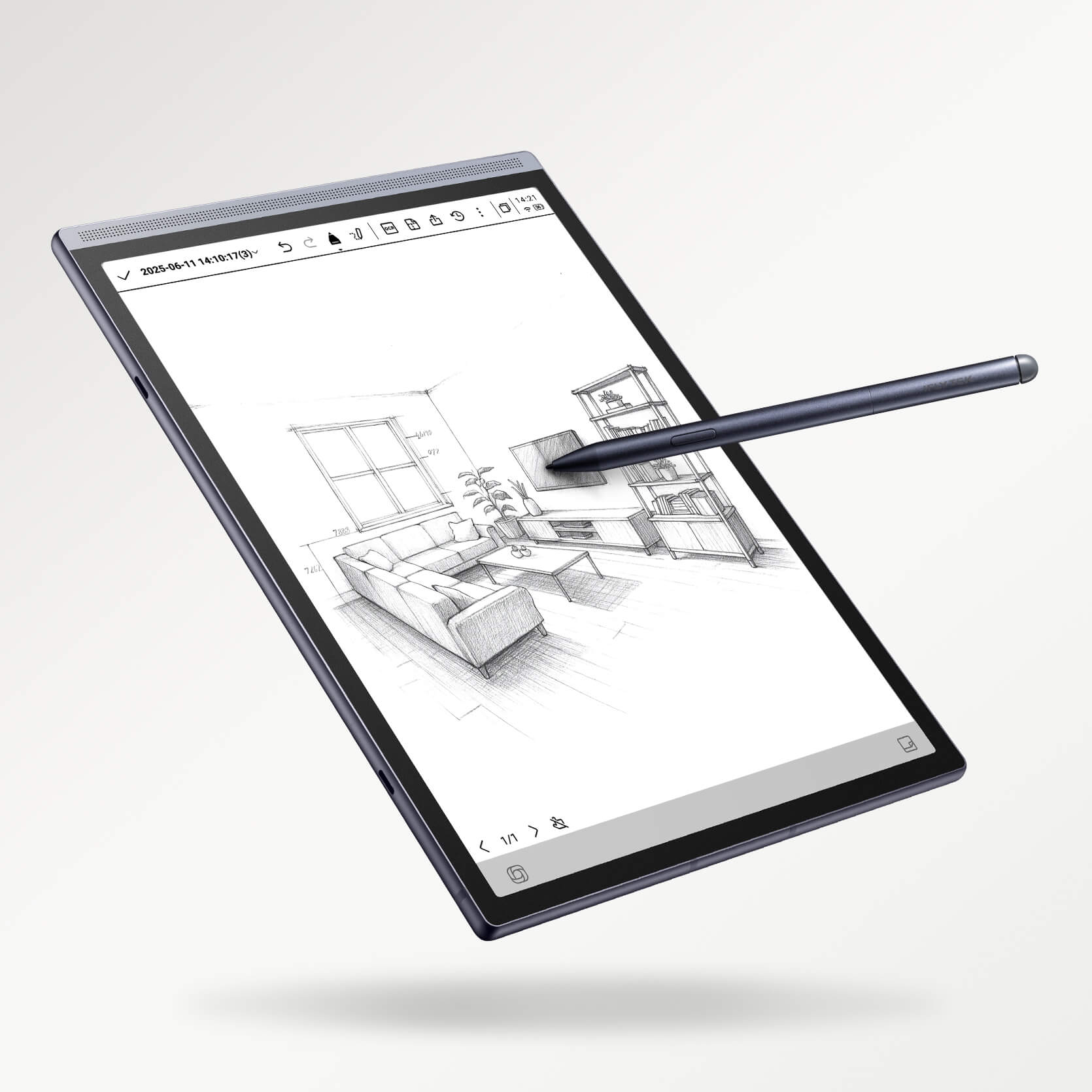
what is a paper tablet
A paper tablet is a digital device designed to mimic the tactile experience of writing on physical paper while offering advanced features such as cloud storage, handwriting recognition, and long battery life. Unlike traditional tablets with bright screens, paper tablets usually employ e-ink or e-paper technology that reduces glare and eye strain. They allow users to read, write, annotate, and sketch without distractions, bridging the gap between analog simplicity and digital efficiency.
Popular models such as the reMarkable tablet and Sony Digital Paper have shown how this category is carving out its place in the tech market. These devices are not meant to replace full-fledged tablets but to specialize in reading, writing, and productivity tasks.
why people choose paper tablets
The biggest attraction of a paper tablet is its natural writing feel. Using a stylus, users can jot down notes, sketch diagrams, or annotate PDFs as if working on a notebook. Unlike standard tablets, where the glass surface can feel slippery, paper tablets are designed with textured screens that simulate the resistance of real paper.
Another reason for their rising popularity is focus. Traditional tablets offer countless apps and notifications, often leading to distractions. Paper tablets, on the other hand, focus on reading and writing, creating a distraction-free space that encourages deep work. This makes them especially appealing to students preparing for exams, writers drafting ideas, or professionals reviewing documents.
advantages of using a paper tablet
One of the key benefits of a paper tablet is its eye-friendly display. Unlike LCD or OLED screens, e-paper technology reflects light rather than emitting it, providing a comfortable reading experience even during long sessions. This makes it suitable for extended use without causing digital eye strain.
Battery performance is another area where paper tablets excel. Since e-ink displays only consume power when the content changes, many models can last for days or even weeks on a single charge. This stands in contrast to traditional tablets, which often need daily recharging.
From an organizational standpoint, paper tablets reduce clutter. Thousands of notes, sketches, and documents can be stored in one lightweight device, making it easier to keep track of important information. Digital backups also ensure that notes are never lost, unlike physical notebooks that can easily be misplaced.
how paper tablets benefit students and professionals
For students, carrying multiple textbooks, notebooks, and loose papers can be overwhelming. A paper tablet consolidates all of these into one device. With the ability to highlight, annotate, and search notes instantly, it enhances study efficiency and helps students stay organized.
Professionals use paper tablets to review contracts, mark up presentations, and capture meeting notes. The seamless integration with cloud platforms means that notes can be instantly shared with colleagues, streamlining collaboration. Educators, lawyers, architects, and executives are among the many professionals who find paper tablets particularly useful in reducing paper dependency while maintaining productivity.
eco-friendly aspects of paper tablets
Sustainability is a growing priority for individuals and businesses alike. By replacing endless paper notebooks and printed documents, paper tablets significantly reduce paper waste. Over time, this not only benefits the environment but also saves money on supplies like pens, notebooks, and printing. For eco-conscious users, a paper tablet offers a practical step toward a paperless lifestyle.
choosing the right paper tablet
Selecting the right paper tablet depends on user needs. Minimalist models like reMarkable focus on providing a distraction-free writing experience, while others such as Onyx Boox combine e-paper technology with broader tablet functions, including Android app compatibility.
When evaluating options, factors like display size, stylus responsiveness, handwriting recognition, and file-sharing capabilities play important roles. Some users prioritize a lightweight device with excellent note-taking features, while others may want additional functionalities like color displays or third-party app support.
paper tablets compared to traditional notebooks
Traditional notebooks are inexpensive, easy to use, and require no charging. However, they lack advanced features like searchability, cloud backup, and the ability to share content instantly. Once filled, physical notebooks can pile up, taking valuable storage space.
Paper tablets address these issues by providing virtually unlimited space for notes and documents. Handwritten notes can be converted into typed text, organized into folders, and synced across devices. While the tactile charm of physical notebooks still appeals to many, the efficiency and versatility of a paper tablet make it a strong alternative for those seeking a modern upgrade.
limitations of paper tablets
Despite their advantages, paper tablet are not without drawbacks. They generally lack the speed and color vibrancy of traditional tablets, which makes them unsuitable for multimedia tasks like watching videos or gaming. Additionally, some models come with a higher price tag, which may not appeal to casual users.
However, for those whose main focus is reading, writing, and productivity, these limitations are often outweighed by the benefits of focus, organization, and sustainability.
the future of paper tablets
The future of paper tablets looks promising as e-ink technology continues to improve. Developments in color e-paper, faster refresh rates, and enhanced handwriting recognition will make these devices even more versatile. Integration with artificial intelligence for smarter organization and real-time collaboration tools could also expand their functionality.
As education and professional environments move further toward digital solutions, paper tablets are expected to become an essential tool for productivity. Their role as a bridge between analog and digital will likely make them a common feature in classrooms, offices, and creative spaces.
conclusion
The paper tablet represents a modern solution that merges the simplicity of writing on paper with the efficiency of digital tools. By offering a natural writing experience, distraction-free focus, long battery life, and eco-friendly benefits, it appeals to a wide audience of students, professionals, and creatives. While it may not replace traditional tablets for multimedia use, it excels in its specialized role as a device for reading, note-taking, and productivity.